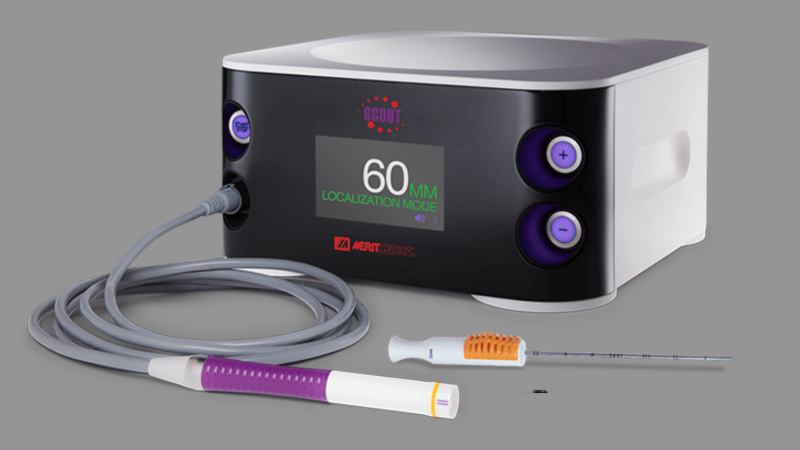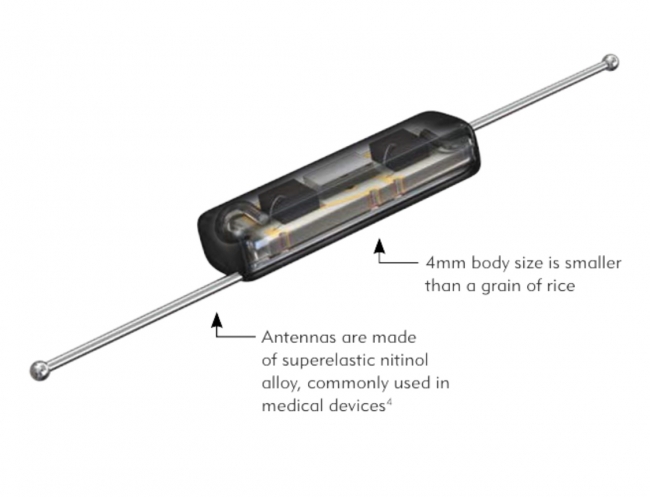Posted On: April 28, 2021
Many women diagnosed with early-stage breast cancers today choose to have breast conserving treatment (BCT) rather than mastectomy.
BCT focuses on removing only the tumor, allowing patients to keep their healthy breast tissue. Research has shown that the long-term survival rates are the same.
SMC’s newest surgical option, the SCOUT wire-free radar localization system, helps increase surgeons’ ability to precisely locate tumors during surgery, which increases the probability of complete cancer removal and may reduce the chances of needing a second surgery. When tumors are accurately located and removed the first time, any additional treatments can occur faster.
The traditional process for marking non-palpable tumors (those that cannot be felt) for surgical removal is known as wire localization. During wire localization, a hooked wire is inserted into the breast to mark the location of the tumor.
Because the end of the wire sticks out from the breast, it is typically placed the morning of surgery, and patients must restrict their movement so that the wire is not accidentally displaced. At the time of surgery (which can be several hours after wire placement), the surgeon follows the wire to find and remove the tumor.
SCOUT wire-free radar localization was developed to overcome the challenges of wire localization and offer a more comfortable and convenient option for breast tumor localization.
SCOUT is not limited to use in cancerous tumors, but also effectively guides removal of non-cancerous breast abnormalities.

